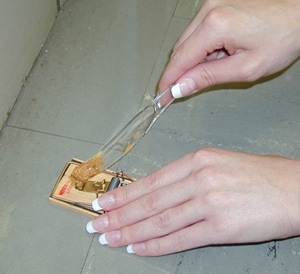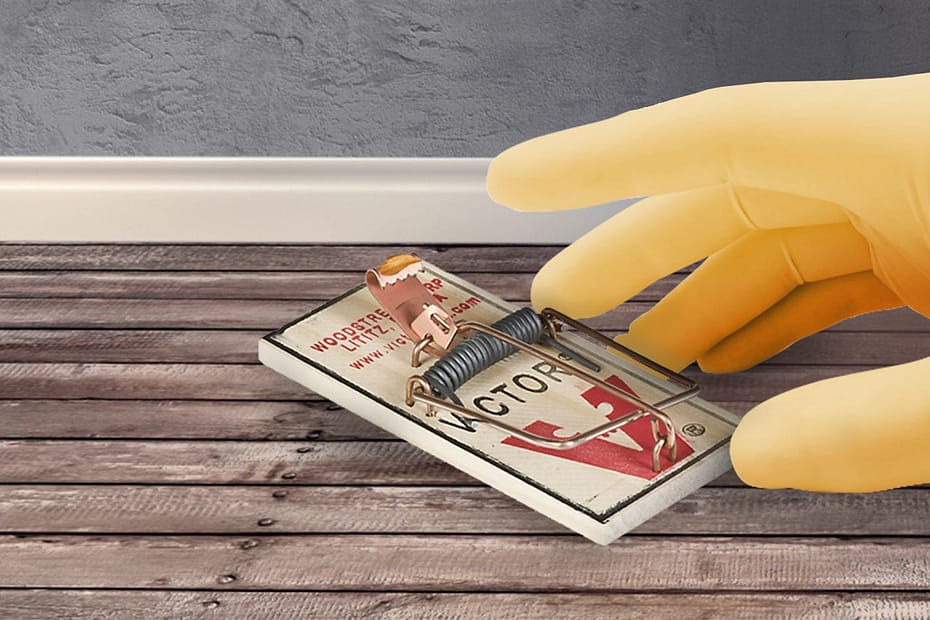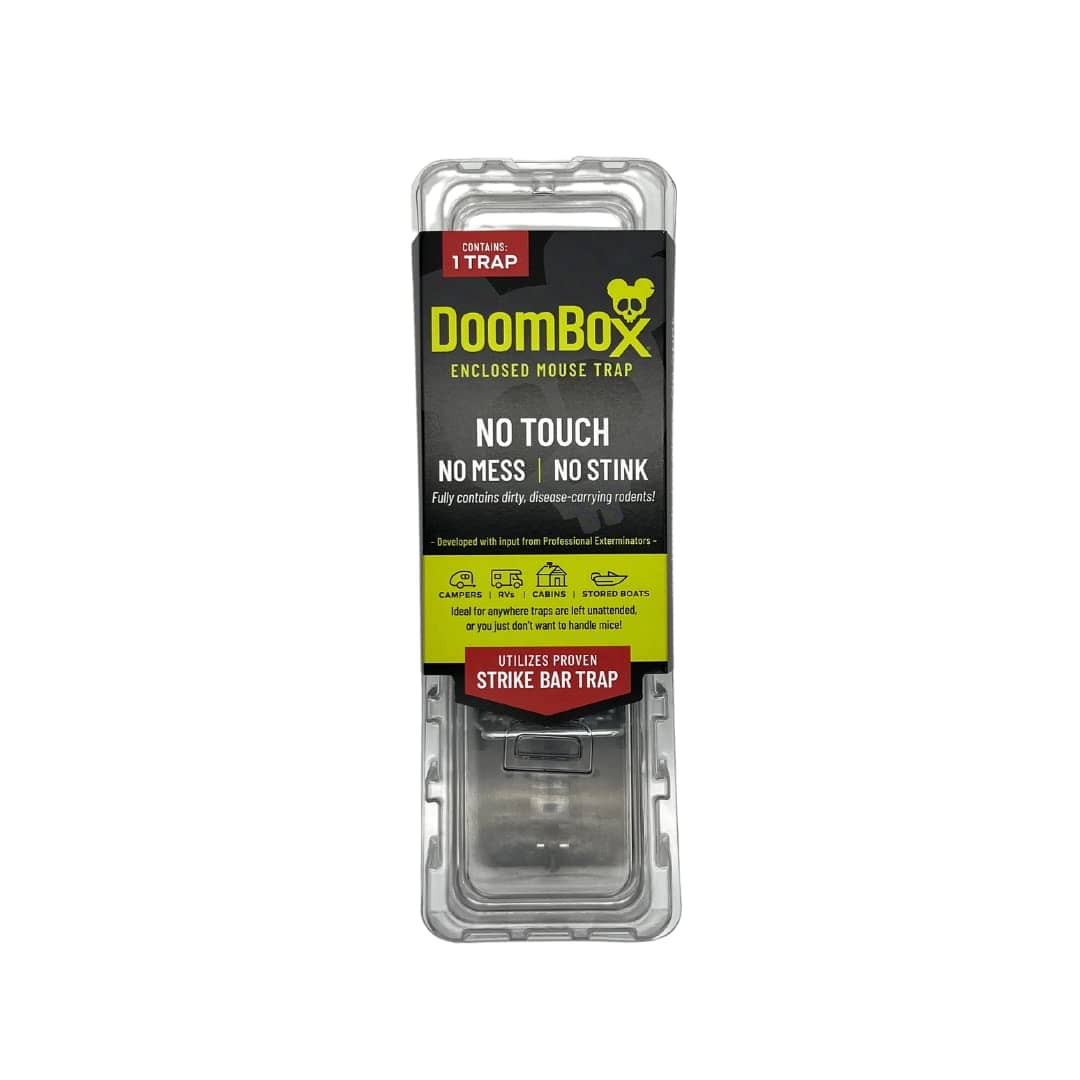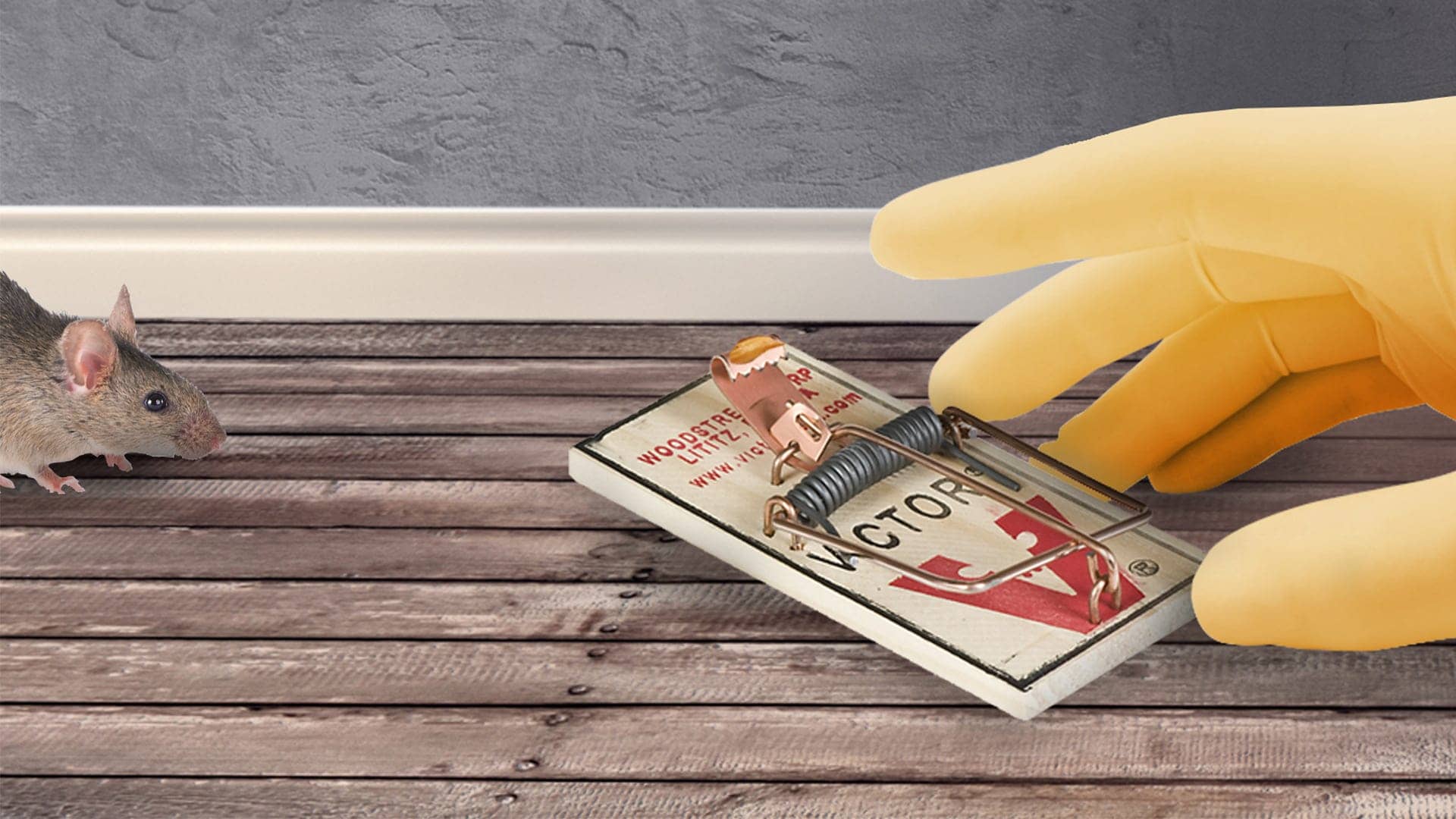To properly position mouse traps in your home, place them along walls or in areas where you have noticed mouse activity. Discovering mice in your home is a distressing experience for any homeowner.
These small rodents can cause damage to your property and pose health risks. As such, it’s crucial to take immediate action in controlling and eliminating them. One effective method is by using mouse traps. However, it’s essential to position these traps correctly to increase their effectiveness.
This article will provide you with valuable tips and insights on how to properly position mouse traps in your home. By following these guidelines, you can increase your chances of successfully catching and removing mice from your living space.
Understanding Mouse Behavior
Discover the proper way to position mouse traps in your home and effectively understand mouse behavior. Gain insights on how to strategically place traps for maximum success in capturing and eliminating mice.
Mice In Homes And Their Habits:
- Mice are common household pests that can cause damage to property, spread diseases, and contaminate food.
- They are nocturnal creatures, meaning they are most active during the night.
- Mice have excellent hearing, allowing them to detect noises and movements even in low light conditions.
- They are also skilled climbers, able to scale walls and jump up to a foot high.
- Mice have a strong sense of smell, and they use scent marks to communicate with other mice and mark their territories.
Identifying Common Mouse Entry Points:
- Mice can enter homes through small cracks and openings, as they can squeeze through holes the size of a dime.
- Common entry points include gaps around windows and doors, utility lines, vents, and pipes.
- Mice are attracted to warmth, food, and shelter, so they often target areas near kitchens, pantries, and storage areas.
- Droppings, chewed wires, and gnaw marks on furniture or walls are signs of a potential mouse infestation.
- Taking note of these entry points will help you locate areas that require mouse trap placement.
The Importance Of Knowing Mouse Behavior For Trap Placement:
- Understanding mouse behavior is crucial for effective mouse trap placement.
- By placing traps in areas where mice are likely to travel, you increase the chances of catching them.
- Mice typically follow established paths known as runways, which are often edges of walls or furniture.
- Placing mouse traps perpendicular to the walls or objects along these runways increases the chances of mouse interaction.
- It is important to remember that mice are cautious creatures, so placing traps in hidden areas or behind obstacles can increase your success rate.
Remember, when positioning mouse traps in your home, consider the behavior of mice, identify common entry points, and place traps strategically to maximize your chances of success.
Choosing The Right Locations
Positioning mouse traps strategically in your home is crucial for effective pest control. Follow these tips to choose the right locations and enhance your chances of trapping those pesky mice.
Key Areas For Placing Mouse Traps:
- Kitchen: The kitchen is a common area for mouse activity due to the availability of food. Place traps along walls, behind appliances, and underneath sink cabinets.
- Pantry: Mice are attracted to pantries where they find edible items stored. Position traps along the walls, behind shelves, and near any openings.
- Basement: Mice often seek shelter in basements, which provide dark and secluded spaces. Set traps in corners, near entry points, and along walls.
- Attic: Mice can enter through small openings in attics and cause damage. Place traps near access points, along walls, and in areas with evidence of gnawing.
- Laundry room: Mice are known to hide in laundry rooms where they find warm and cozy areas. Position traps near walls, behind appliances, and by any openings.
- Garage: Mice can enter garages through gaps or open doors, searching for food and nesting materials. Set traps near walls, corners, and by any visible droppings.
Checking For Mouse Droppings And Signs Of Activity:
- Droppings: Look for small, dark droppings as a clear indication of mouse activity. Check for droppings in corners, along baseboards, and near food sources.
- Gnaw marks: Mice have sharp teeth and leave behind chewed materials. Inspect for gnaw marks on furniture, baseboards, and electrical wiring.
- Nesting materials: Mice build nests with various materials like paper, fabric, and insulation. Look out for these materials in hidden corners, cabinets, and nooks.
- Footprints: Mice may leave footprints on dusty surfaces or in areas with humidity. Use a flashlight and inspect areas where footprints may be visible.
Avoiding Areas With Pets And Children:
- Safety first: When placing traps, always consider the safety of your pets and children. Avoid areas accessible to them to prevent unintended accidents or injuries.
- Elevated surfaces: Consider placing traps on elevated surfaces like countertops or shelves to keep them out of reach of curious pets or small children.
- Secure locations: Position traps in areas that are difficult for pets and children to access, such as behind furniture or in cabinets with childproof locks.
- Strategic placement: Choose locations where mice are likely to frequent but are less accessible to pets and children. Remember to check traps regularly to avoid any mishaps.
Remember, the key to successful mouse trapping is identifying the right locations based on the signs of activity and potential risks to pets and children. By effectively positioning traps, you can increase your chances of catching mice and maintaining a pest-free environment in your home.
Proper Placement Techniques
Learn the proper positioning techniques for mouse traps in your home to effectively catch rodents. Strategically place traps along walls, near potential entry points, and in areas where mice are commonly seen. Create a trap line to increase the chances of capturing mice and ensure a rodent-free environment.
When it comes to mouse traps, proper placement is crucial for effective pest control. Here are some techniques to help you position your traps strategically in different areas of your home:
Placing Traps Near Walls And Corners
- Align traps alongside walls: Mice tend to follow the edges of walls when they move around, so positioning traps parallel to walls increases the chances of capturing them.
- Target corners: Place traps in corners where mice are likely to travel, as these areas provide them with a sense of safety and cover.
Creating A Barrier Of Traps Along Entry Points
- Identify entry points: Locate areas where mice are gaining access to your home, such as gaps under doors or cracks in walls. These can serve as prime spots for traps.
- Space traps evenly: Create a barrier of traps along these entry points, spacing them approximately 5 to 10 feet apart. This will maximize the chances of intercepting mice before they reach the interior of your home.
Using Bait Strategically To Attract Mice
- Choose an irresistible bait: Opt for enticing bait options such as peanut butter, chocolate, or dried fruits. Experiment with different types to see what mice in your area prefer.
- Apply bait sparingly: Place a small amount of bait on the trigger or on a cotton swab attached to the trap. Using too much bait may allow mice to snatch it without being caught.
- Trigger placement: Position the baited trigger just beyond the trap’s edge to ensure mice fully enter the trap when attempting to reach the bait.
Remember, when setting mouse traps, be cautious and avoid placing them in areas accessible to children or pets. Regularly check the traps and disposed of captured mice promptly to maintain a clean and pest-free home. By implementing these proper placement techniques, you’ll increase your chances of successfully capturing unwanted mice in your home.

Credit: www.cdc.gov
Additional Considerations
Properly positioning mouse traps in your home requires careful consideration. Learn the best strategies to effectively place traps and maximize your chances of capturing mice.
Ensuring Traps Are Inaccessible To Pets And Children
- When positioning mouse traps in your home, it is crucial to consider the safety of your pets and children. Here are some tips to ensure traps are inaccessible to them:
- Place the traps in areas that are out of reach for your pets and children, such as behind furniture or in high cabinets.
- Use protective covers or barriers to prevent pets and children from accessing the traps.
- Avoid placing traps in areas where your pets usually spend time or play.
- Educate your children about the potential dangers of the traps and instruct them not to touch or interfere with them.
Regularly Checking And Resetting Traps
- Checking and resetting the traps regularly is essential for effective mouse control. Here’s what you need to know:
- Inspect the traps at least once a day to see if any mice have been caught.
- If a trap has caught a mouse, dispose of the carcass safely (more on that later) and reset the trap in the same location.
- Check the traps for any signs of damage or malfunction. Replace or repair them as needed to maintain their effectiveness.
- It’s important to continue checking and resetting the traps until there are no more signs of mouse activity in your home.
Dealing With Mouse Carcasses And Cleaning Up After Successful Catches
- Catching mice is just the first step; you also need to handle the carcasses and clean up afterward. Follow these guidelines:
- Wear gloves when disposing of mouse carcasses to protect yourself from any potential diseases or parasites.
- Carefully remove the mouse from the trap and place it in a sealed plastic bag.
- Dispose of the bag in an outdoor trash bin, away from your home and any areas where pets or children may have access.
- After disposing of the carcass, thoroughly clean the area where the trap was positioned. Use a mild disinfectant to eliminate any bacteria or odors left behind.
- Consider using disposable traps, which can be discarded along with the mouse, eliminating the need for handling carcasses.
Remember, when positioning mouse traps in your home, prioritize safety, regularly check and reset the traps, and properly dispose of mouse carcasses while ensuring a clean environment. Following these additional considerations will help you effectively deal with mouse infestations and keep your home mouse-free.
Frequently Asked Questions Of How To Properly Position Mouse Traps In Your Home
Where Should Mouse Traps Be Placed In The House?
Place mouse traps in areas where you have seen mouse activity or along walls and baseboards where they travel.
Where Should A Mouse Trap Be Placed On The Wall?
Place the mouse trap on the wall near areas where mice are seen, such as along walls or near entry points.
Should Mouse Traps Be Against The Wall?
Yes, mouse traps should be placed against the wall for better effectiveness.
Do Mice Learn To Avoid Traps?
Yes, mice can learn to avoid traps. They can develop avoidance behaviors over time.
Conclusion
Effectively positioning mouse traps in your home is crucial for successful rodent control. By following these simple guidelines, you can increase the chances of catching mice and prevent further infestations. Start by identifying the areas where mice are most likely to be present, such as near food sources or along their usual travel paths.
Place traps along walls, with the baited end facing the wall, as mice tend to run along edges. Position traps in multiple locations, as mice are curious creatures and may explore different areas. Regularly check the traps and dispose of any trapped mice promptly.
Remember to keep traps out of reach of children and pets, and consider using alternative strategies if you have pets in your home. By properly positioning mouse traps, you can maintain a rodent-free environment and ensure the safety and well-being of your household.


